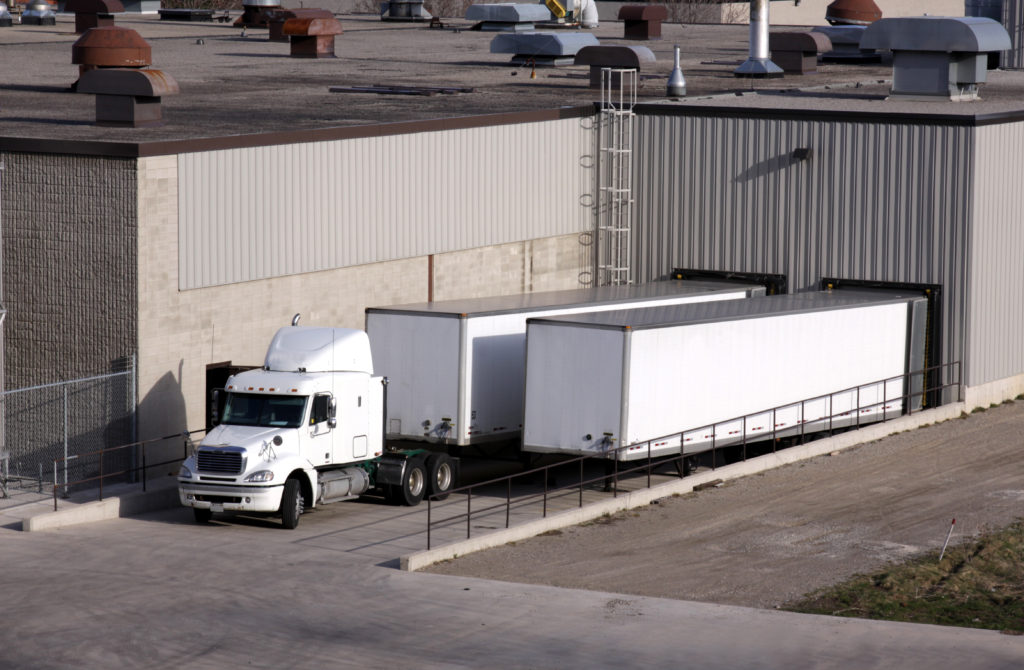 When driving dry van trailers, it is necessary to ensure that cargo is well secured and weight balanced. This allows the driver to safely focus on driving, without having to worry about shifting cargo. When cargo shifts, it can become a dangerous situation. It may affect control of the vehicle, especially at high speeds, and result in damaged cargo. In extreme cases, it can even cause the trailer to tip over. Even though dry vans are covered and easier to secure than flatbeds, it is still vital to ensure cargo does not go knocking about inside the trailer.
When driving dry van trailers, it is necessary to ensure that cargo is well secured and weight balanced. This allows the driver to safely focus on driving, without having to worry about shifting cargo. When cargo shifts, it can become a dangerous situation. It may affect control of the vehicle, especially at high speeds, and result in damaged cargo. In extreme cases, it can even cause the trailer to tip over. Even though dry vans are covered and easier to secure than flatbeds, it is still vital to ensure cargo does not go knocking about inside the trailer.
Shifting is also dangerous because it can alter the center of gravity of the trailer. This can lead to some tires losing contact with the road as the trailer moves. This uneven distribution can affect the tread of the tires, pressure, and the axles. The more often dry van trailers endure unbalanced loads, the more they suffer increased wear and tear and will require maintenance. This can drive up operating costs for the business.
To properly secure cargo in dry van shipping trailers, there are several tools required. These include tie-downs, wedges, cradles, shoring bars, and dunnage bags. You will likely need a combination of these to help secure your cargo in place. It needs to be secured in such a way that it remains stationary for the duration of the journey.
Adhere to Load Limits
It is vital to check on the load limit of your tie-downs. This will help you work out your cargo limit that should be half of the working load limit of each tie down from where it is fastened on the trailer to the cargo.
Stack Properly
It is also vital to ensure that when stacking loads, the heaviest items are placed at the bottom. This will help keep the center of gravity low and ensure better driving control. It also reduces the risk of heavy items crushing lighter cargo beneath them. It means better chances of safe delivery of shipments.
Test Speed Effect
When out on the road, take time to see what impact accelerating and decelerating will have on your control of the vehicle. You will likely be able to tell if there is a shift in cargo and how the tires are performing. If you feel the weight distribution is off, make a stop to better secure and position the load.
Make Pit Stops
Many drivers prefer to avoid pit stops as they often want to get the journey over with as quickly as possible. Regular stops are, however, a good opportunity to correct any imbalances and shifting of cargo that will often occur during long trips. For safety’s sake, do make stops when you can to check your cargo is still safe to drive.
